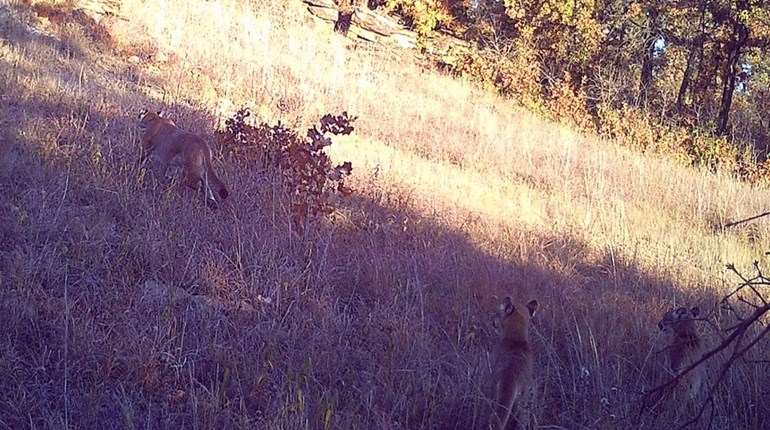
Is wind energy bad for waterfowl? It's something we've discussed here before, and a North Dakota study by Ducks Unlimited and the United States Fish & Wildlife Service in North Dakota found that when wind farms are placed on wetlands, breeding pairs of ducks are reduced by an average of 21 percent. DU says the early study is being taken seriously, but that it was too small a sample size to affect policy decision. Instead, DU recommends further studies over a larger area and continued dialogue with wind energy groups.
So, wind energy may have some negative impact on nesting waterfowl, but is there a potential silver lining to be found? Delta Waterfowl Senior Vice President John Devney says the turbines could actually help add wetlands easements to the government inventory, benefitting countless ducks.
“Ninety percent of the ducks in North America nest on private land, so energy policy decisions have to account for the actual people on the ground in all of this,” Devney said. “Imagine you’re a farmer in Logan County, North Dakota. Your goal is to maximize your property’s earnings potential, and one day the Fish and Wildlife Service comes to you and says, ‘You have a high wetlands density on your property and we want to make it a waterfowl easement.’ If Fish and Wildlife will allow you to have wind turbines on your property as part of the agreement, that’s a lot of financial incentive to preserve your property’s grass and water. If you can’t allow wind energy as part of the easement, maybe you decide it’s more lucrative for you to sell to housing developers or prospect for oil or drain the water and plant corn.”
While the DU study suggests a reduction in the number of breeding pairs in wind-developed areas, it found no decrease in the No. 1 variable affecting the annual growth or decline of waterfowl populations: nest success.
“Even if you have a few less breeding pairs,” said Devney “a grassland can still produce a lot of ducks with good nest success. But if you lose the grass and water, you won’t just see a 21-percent reduction in breeding pairs, it could be close to 100 percent.”
Look for a full report on wind energy's impact on waterfowl in the May issue of American Hunter.





































